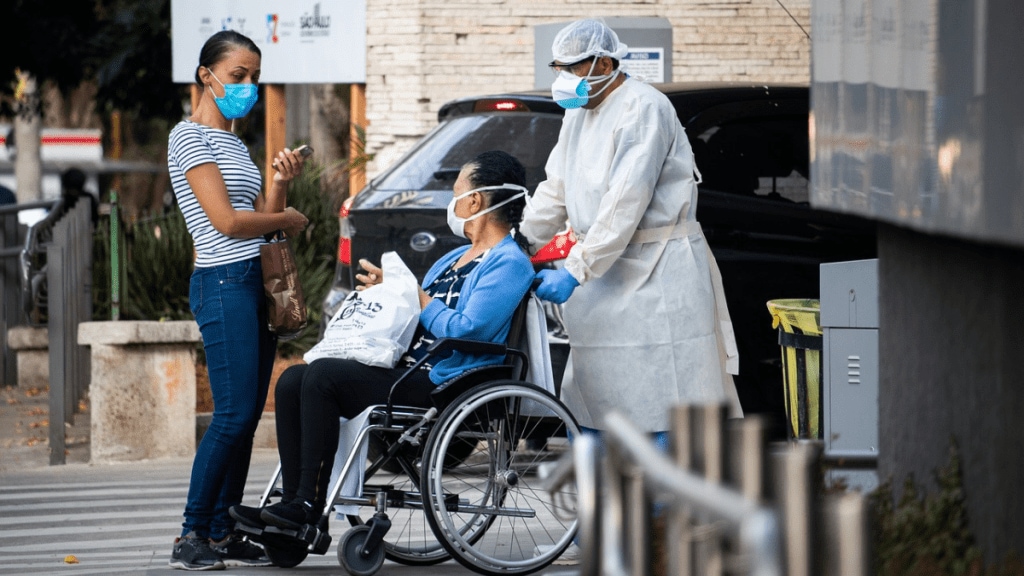China has responded to the queries around the mysterious flu that is affecting children. After the WHO raised a concern and sought data, Beijing has replied saying that the outbreaks are not related to any ‘unknown viruses’. Contrary to concerns raised by local media and global surveillance systems like ProMed, Beijing says that it has not identified any “unusual or novel pathogens” linked to these cases in the northern part of the country, reported BBC.
While acknowledging a surge in flu-like illnesses, China attributed this rise to the relaxation of COVID-19 restrictions. WHO has nonetheless advised for continued preventive measures like vaccination and mask-wearing.
Pneumonia, characterized by lung infection and inflammation, can stem from various viruses, bacteria, or fungi. Upon WHO’s request for more data on the pediatric pneumonia clusters, China’s National Health Commission (NHC) assured their vigilance in monitoring and treating respiratory ailments in children.
Subsequent investigations indicated that the increased respiratory illnesses were attributed to “multiple known pathogens,” notably an upsurge in influenza-like illnesses compared to previous years in northern China, particularly since October.
The WHO emphasized that while some increases in illnesses occurred earlier in the season than typical, this pattern mirrored similar experiences in other countries following the easing of COVID-19 restrictions. Despite these assurances, the WHO remains vigilant, closely monitoring the situation, and maintaining regular communication with Chinese health authorities.
Given the global sensitivity following the COVID-19 pandemic, the WHO’s public request for clarity from China reflects responsible practice and transparency.
Typically, the organization privately seeks additional information from countries concerning disease clusters. However, amid heightened concerns and to enhance transparency post-pandemic, the WHO’s public approach underscores its commitment to openness and thoroughness in handling potential health concerns.
China’s NHC reported a surge in various respiratory diseases, including influenza, COVID-19, mycoplasma pneumoniae, and respiratory syncytial virus (RSV), attributing these rises to the relaxation of COVID-19 restrictions. This trend echoes similar increases observed in other nations post-lockdown.
Experts speculate that China might be experiencing an influx of childhood respiratory infections due to reduced exposure during the extended lockdown, leading to decreased immunity against common respiratory pathogens. However, experts like Prof. Paul Hunter from the University of East Anglia highlight insufficient information to conclusively identify the cause behind these infections, indicating that it does not seem to be an epidemic caused by a novel virus based on the limited infections reported in adults.
The WHO’s and various global health agencies’ active monitoring and collaboration highlight the importance of ongoing surveillance and cautionary measures in navigating health challenges, especially in the aftermath of the COVID-19 pandemic, as nations strive to adapt to evolving health landscapes.








